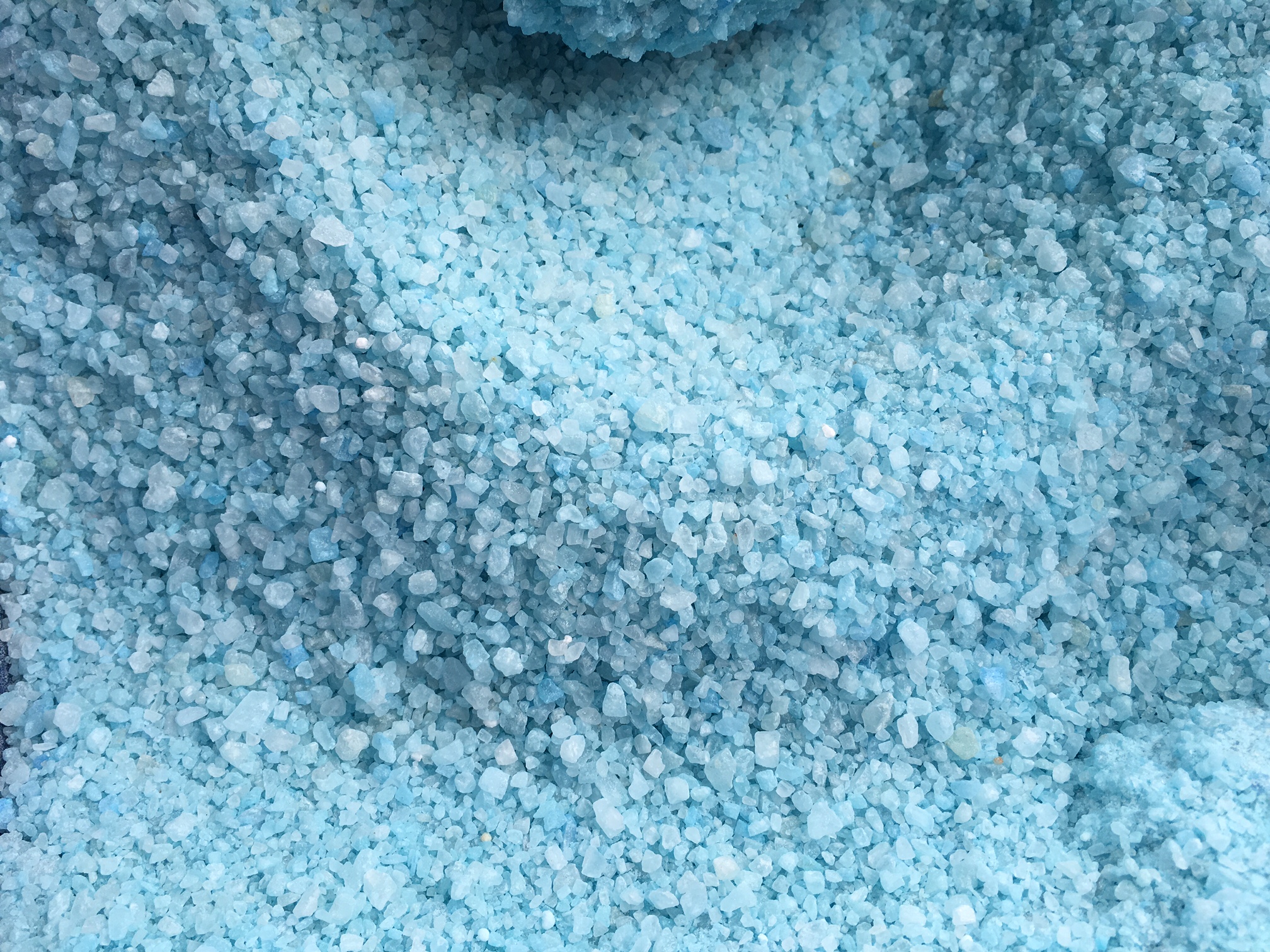Salting to avoid an icy night? Choose your deicer wisely

Today’s wintry mix will turn to ice as temperatures drop tonight, which means it’s time to clear and treat your sidewalk so it doesn’t become treacherous to traverse. But you might want to think twice about what you choose to use on your sidewalk and stoop to melt that ice. Salt and other de-icing products are really rough on masonry buildings, causing stains and deterioration like scaling and flaking. The good news: You have choices and some products are less corrosive than others.
First, a quick chemistry refresher on how salts work to break down ice. When you throw down some salt, it will start to melt the top layer of ice, creating a thin layer of salty water. That’s good because salty water has a lower freezing point than regular water. That salty water continues to melt ice, creating more salty water and less ice. But this process slows to a crawl as temperatures drop. If temperatures are below 10-15 degrees, salt becomes ineffective as a deicer. Other de-icing products work basically the same way, but some are gentler and more effective at lower temperatures than others—check the ingredients.
Rock salt is sodium chloride and extremely common. The upside: It’s cheap. The downside: It can corrode metals and concrete. It’s especially harsh on concrete that’s less than a year old. The white pellets you can buy are typically calcium chloride, which is good at dissolving ice quickly, but it can also chemically erode concrete. Both sodium and calcium chloride are also harsh on pet paws and plants, as well as waterways where all that melted ice eventually ends up.
Potassium chloride is a little gentler, but the least harmful of these common de-icing compounds is magnesium chloride. It’s the least damaging to concrete, masonry, or plants, and it even works at sub-zero temperatures.
Marco Federico, an architectural conservator at MCC who specializes in masonry, says salts like calcium and sodium chloride can be especially damaging to historic masonry and stone steps, because marble and sandstones are both porous and permeable. “Soluble salts migrate into the stone as they draw in moisture, as the stone dries and the salts migrate out, they expand and form microscopic crystals within the pores of the stone. This process of rapid crystal expansion within the stone’s pores accelerates the process of stone decay and shortens the lifespan of your steps.”
If simple traction is what you’re going for, you can always use sand. Sand can be a helpful alternative if all you’re going for is more traction, and it can always be mixed in equal measure with any deicing product.
Whatever you choose, remember that the city requires property owners to clear sidewalks six hours after snow or freezing rain stops falling. (To report any properties that haven’t been cleared you can call the Streets Department Customer Affairs line at 215-686-5560.)

WHYY is your source for fact-based, in-depth journalism and information. As a nonprofit organization, we rely on financial support from readers like you. Please give today.







